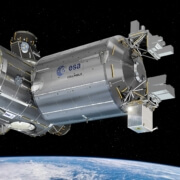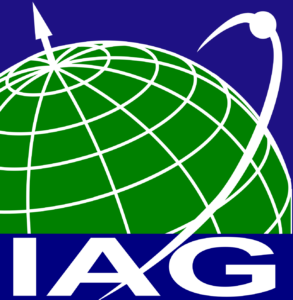A new atomic clock in space could help us measure elevations on Earth
What if we could measure height differences on Earth with centimeter level accuracy from space?
A new article from MIT Technology Review explores how the European Space Agency’s ACES mission (Atomic Clock Ensemble in Space), now installed on the International Space Station, could revolutionize global height measurements. The mission links ultra-precise atomic clocks in orbit with the best clocks on Earth, enabling scientists to refine our understanding of gravity and elevation.
Why does this matter? Because even today, elevation is not as straightforward as it seems. The Earth’s seas aren’t level, and inconsistent reference points have led to real world engineering issues, like a bridge over the Rhine that didn’t align correctly due to differing sea level baselines.
ACES could be a game changer. By comparing how time ticks differently under varying gravitational influences (thanks to Einstein’s general relativity), scientists can build a more precise model of the Earth’s geoid, the “level” surface from which elevation is measured. This is especially critical in regions like Africa and South America, where traditional gravity-based surveys have been limited.
The long-term goal? A global network of space-linked atomic clocks enabling consistent, centimeter-accurate elevation data everywhere on Earth. It helps geodesist to improve global height reference systems like the International Height Reference Frame down to the centimeter.
🔗 Read the full article here:
https://www.technologyreview.com/2025/05/22/1117294/a-new-atomic-clock-in-space-could-help-us-measure-elevations-on-earth/





